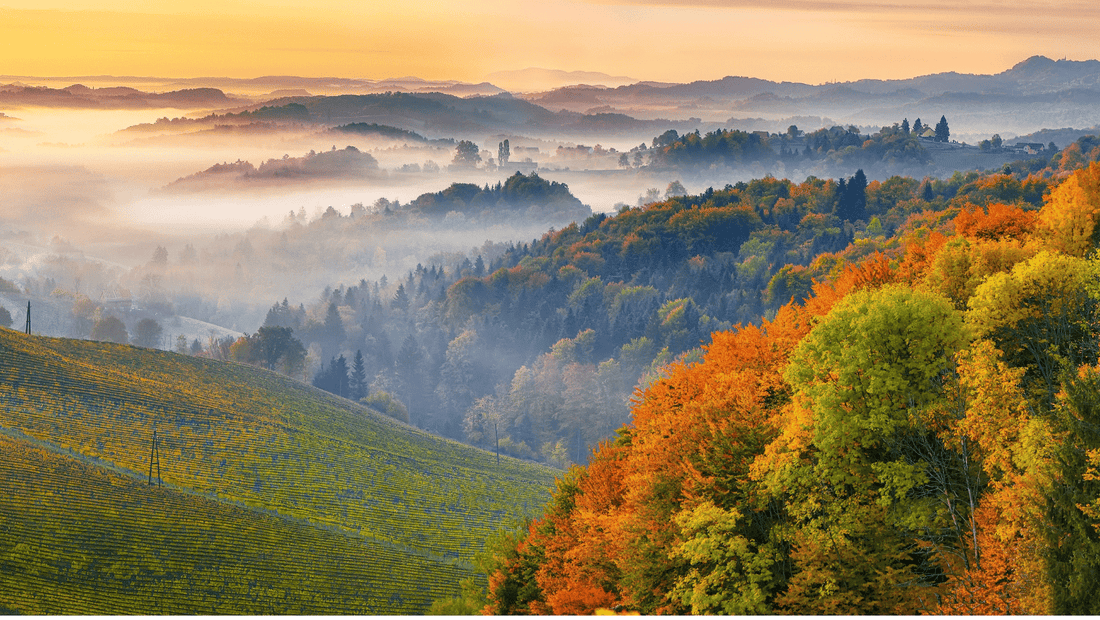As temperatures drop, leaves turn, and snowflakes start making their appearances, the holiday season unfolds in the United States, marked by festive cheers, warmth, gifting, and untold stories. Keeping aside the conventional narrative, let's delve into the rich history of Indigenous Peoples Month and the enchanting Winter Solstice that color the colder months with a unique, diverse hue. Also, f*ck Thanksgiving and consumerist Christmas they are officially canceled.
Indigenous Peoples Month
Indigenous Peoples Month, ratified in several states and observed in November, emerged as a counter-celebration to Columbus Day, to honor the rich heritage, culture and significant contribution of Native Americans. Recognized across the United States, it highlights the narratives of the Indigenous communities that have been part of the America's tapestry thousands of years before European explorers set foot on American soil.
While the essence of your winter celebrations brews, explore the rich narratives of the Indigenous communities. Learn about the multitude of tribes, their intricate customs, art, music, and folklore. Visiting local historical museums or cultural centers can offer an immersive experience to understand and appreciate the profound impact of Indigenous peoples on America's evolution.
Bury My Heart at Wounded Knee by Dee Brown is an excellent book about the Native American fight for liberation from 1860-1890. It details the battles, massacres and broken treaties that America was built on with first-hand accounts and is an excellent read for Indigenous Peoples Month.
Winter Solstice
Displacing the conventional Christmas cheer, we have the magical and less-heralded Winter Solstice. Derived from the Latin words "sol" (sun) and "stitium" (to stand still), Winter Solstice, around December 21, marks the shortest day and the longest night of the year in the Northern Hemisphere.
Historically marked by many cultures for centuries, Pagans celebrated it as "Yule", a time of rebirth, new beginnings, which the Christians later adapted into Christmas. Celtic and Scandinavian traditions lit a Yule log, staving off the cold and signifying the return of the sun with flames. For Native Americans, each tribe had unique traditions around Winter Solstice. Hopi Natives, for instance, celebrated "Soyal," a solemn ceremony signaling the second phase of Creation at the dawn of the new year.
To celebrate Winter Solstice today, you might hold a small gathering with family and friends, where you exchange gifts, sing songs, prepare and savor meals, reminiscent of the ancient Yule traditions. Or perhaps you could watch the dawn of the Winter Solstice outdoors bundled under blankets, sipping hot cocoa, awaiting the sunrise, signifying invincible hope amidst the darkness.
While Indigenous Peoples Month and Winter Solstice may not be the usual protagonists of the holiday season, their invaluable narratives and traditions significantly enrich the spirit of winter. They paint a picture of valuable cultural diversity, resilience, and the recurrent theme of hope and new beginnings, adding significant depth to the celebration and mutual understanding of the holiday months.
Remember: Holidays are what we make them. Choose to fill these colder months with warmth, understanding, and appreciation. Celebrate not just what's conventional but everything that is meaningful and inherent to our shared heritage.
Bibliography:
1. Dunbar-Ortiz, R. (2014). An Indigenous Peoples' History of the United States. Beacon Press.
2. Frazer, James G. (1999). The Golden Bough: A Study in Magic and Religion. Oxford: Oxford University Press.
3. Smith, Paul Chaat., and Warrior, Robert. (1997). Like a Hurricane: The Indian Movement from Alcatraz to Wounded Knee. The New Press.
